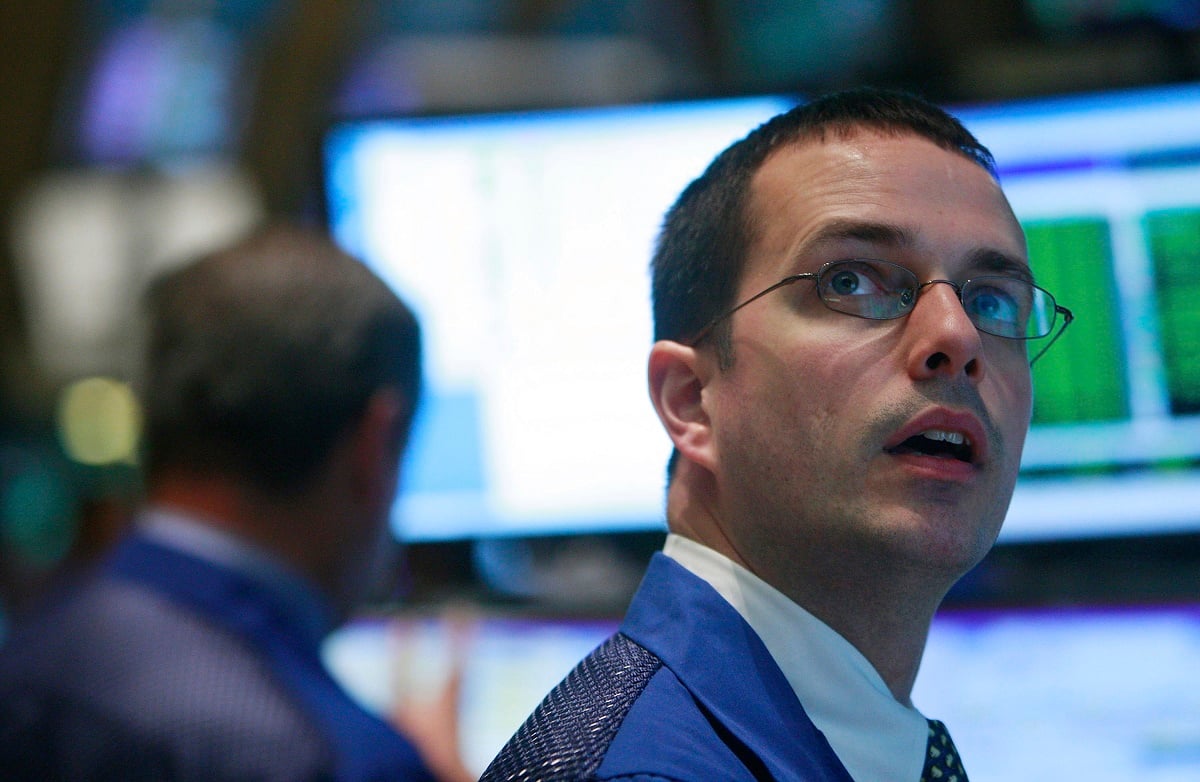In spite of generally positive economic data, and spending much of the day in positive territory, the broad-based S&P 500 (^GSPC +0.46%) finished the day modestly lower, dragged down by a combination of profit-taking, as well as number of high-profile earnings disappointments.

The big news of the day on the economic front was the release of better-than-expected weekly initial jobless claims data. For the week, jobless claims dipped 7.5% to a seasonally adjusted 319,000. It also ended what had been a two-week surge in weekly jobless claims. Although week-to-week fluctuations should be taken with a grain of salt and not overreacted to, any figure below a seasonally adjusted 350,000 represents, in my opinion, steady improvement in the jobs market that could push the unemployment rate eventually down toward 6%.

Source: Tesla Motors.
Working against the S&P 500, though, were a number of high-profile earnings disappointments, perhaps none bigger than Tesla Motors (TSLA 0.65%). Although Tesla topped Wall Street's adjusted EPS estimates of $0.10 per share in profit by $0.02, its guidance and continuing GAAP losses left a lot to be desired. As a Tesla short-seller, it's good to see a bit of reality creeping back into Tesla's valuation; but it also acts as a deflator for the overall market.
By day's end, the S&P 500 had dipped 2.58 points (0.14%), to close at 1,875.63. Despite the move lower, there were plenty of companies bucking the trend and surging to the upside.
None had a bigger move higher than small-cap biotech Cheslea Therapeutics (NASDAQ: CHTP), which jumped 31.6% after agreeing to be purchased by Danish pharmaceutical company H. Lundbeck. Under the terms of the deal, H. Lundbeck will pay $6.44 in cash to Chelsea's shareholders to get its hands on the company's low-blood-pressure drug Northera, which is used to reduce dizziness in patients with Parkinson's disease. In addition, Lundbeck will pay up to $1.50 per share in contingent value rights based on Northera's sales performance between 2015 and 2017. It seems like a pretty fair shake for both parties involved considering that Chelsea doesn't have experience marketing drugs, and really didn't appear to want to deal with the full marketing costs involved with ramping up sales. In turn, Lundbeck protects itself with the CVRs, just in case Northera fails to reach its peak sales potential of roughly $400 million.
Specialty coffee roaster Keurig Green Mountain (GMCR +0.00%) crushed short-sellers' hopes and dreams, once again, by gaining 13% on the day following better-than-expected second-quarter earnings.

Source: Keurig Green Mountain.
For the quarter, Keurig Green Mountain reported a 10% rise in revenue, to $1.1 billion, as net income grew 22%, to $1.08 per share (adjusted). Compared to Wall Street's estimate of $0.95 in EPS on $1.05 billion in sales, Green Mountain again triumphed. Keurig Green Mountain also announced the expansion of an agreement with J.M. Smucker allowing its products to be available for its single-brew system. If there was one bit of mixed news, it was that Keurig Green Mountain reduced its full-year EPS to a fresh range of $3.63-$3.73, down from prior guidance of $3.75-$3.85. The good news is that this new range is in line with the Street's estimates. Based on its numerous partnerships and niche market position, I continue to see plenty of upside opportunity to Keurig Green Mountain shares.

Source: U.S. Dept. of Agriculture, Flickr.
Lastly, Tesla Motors may be putting a damper on CEO Elon Musk's day, but the outperformance of solar panel retailer and leasing company SolarCity (SCTY +0.00%) likely brought a smile to his face as the co-founder. Shares of SolarCity brightened up, rising 12.4% after it reported first-quarter earnings after the closing bell last night.
For the quarter, SolarCity added 17,664 customers and booked 136 MW of electric-generating capacity. More importantly, with its launch into Nevada, it increased its guidance to 500 MW to 550 MW deployed from its prior estimate of 475 MW to 525 MW for the year. It also established 2015 guidance of 900 MW to 1,000 MW deployed. While this is great news, and it continues to be an attractive play on paper, its adjusted loss of $0.82 per share was wider than Wall Street expected. Until SolarCity can drastically put a dent in those quarterly losses, it might be wise to keep your expectations of the company tempered.







